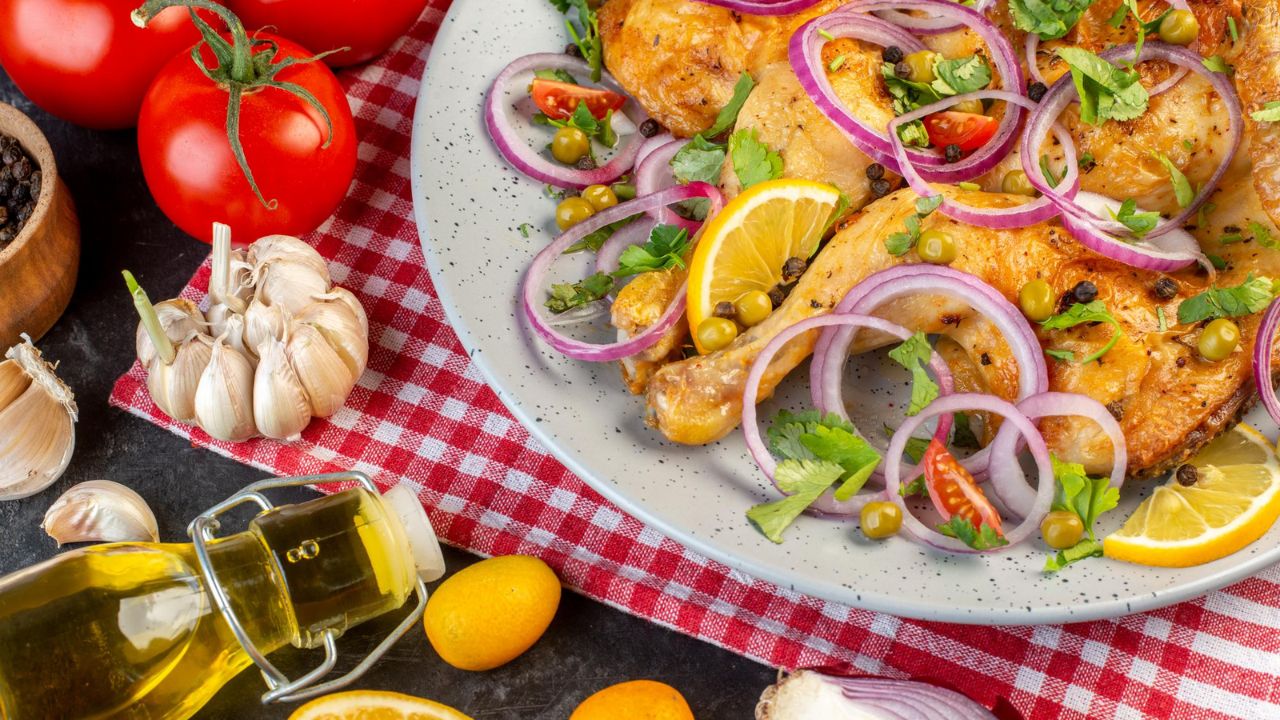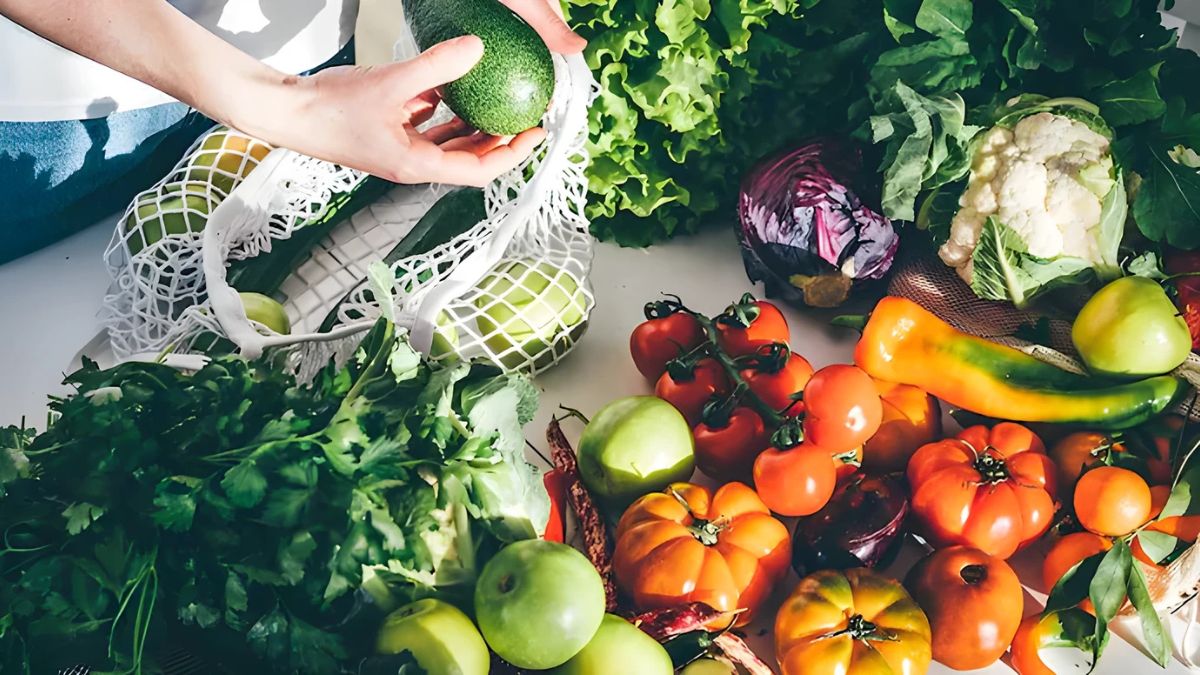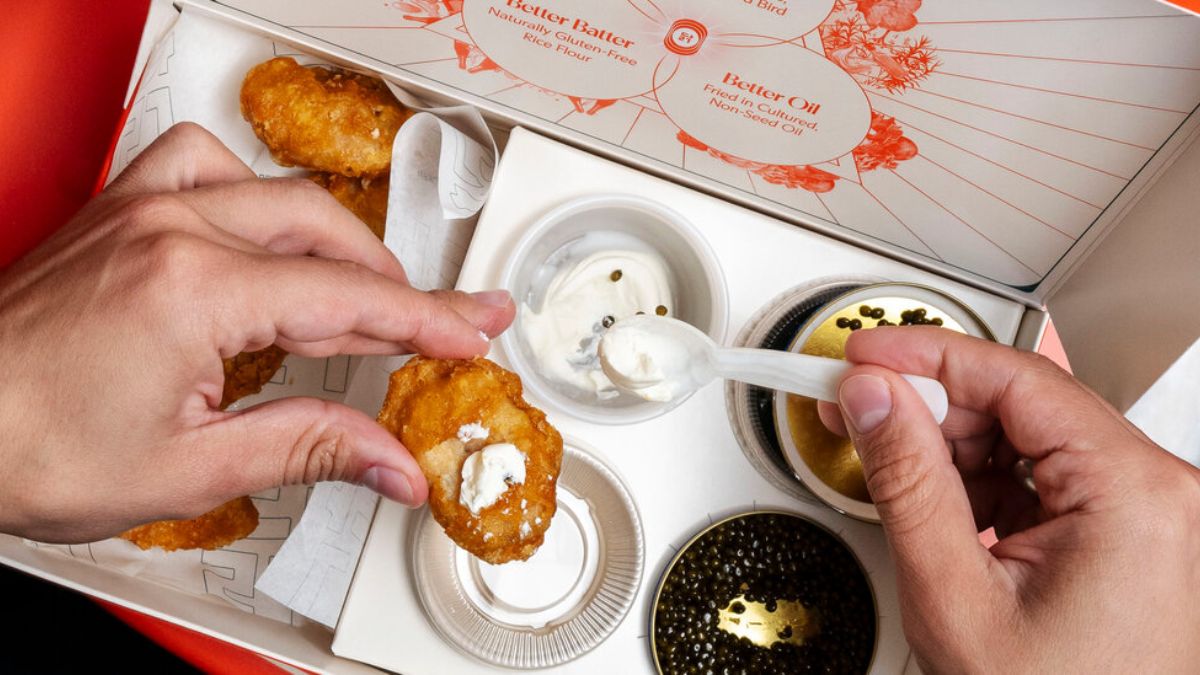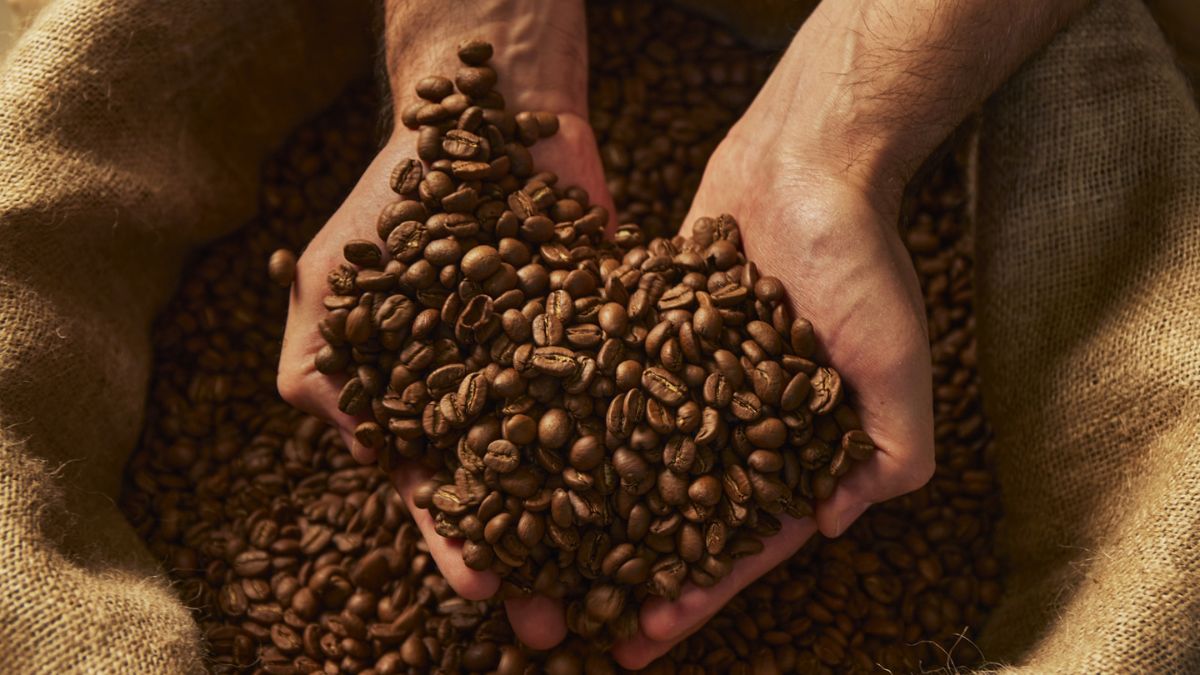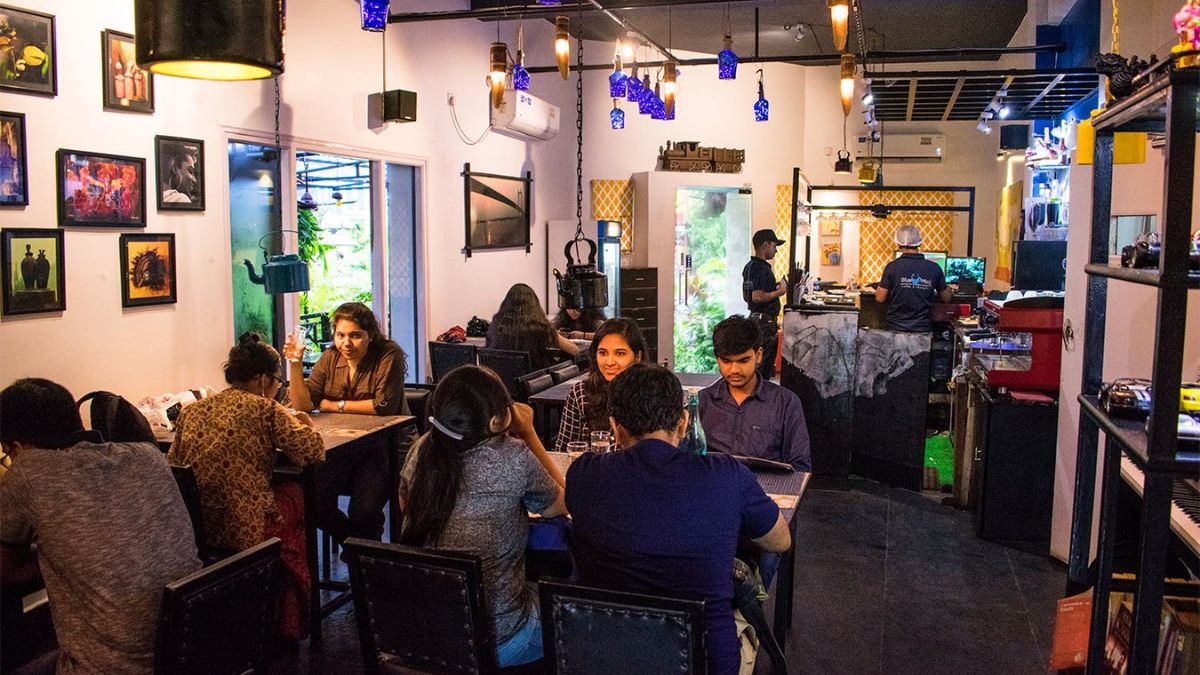There’s something beautifully chaotic about the way America eats. We’re still young, culturally speaking — a few hundred years into this grand culinary experiment — which means half of what ends up on our plates has roots somewhere else. That’s part of the magic: everything here feels borrowed, tweaked, and then unapologetically rebranded.
The American Habit of Remixing Tradition
From pizza by the slice in New York to California rolls in Los Angeles, we’ve taken the world’s greatest hits and made them our own. Sometimes that remix creates something genius — sometimes, well, Italy might call it “horrible.”
Take the latest viral TikTok moment: Boston native Gabby Donahue posted a video of her dad trying to order Olive Garden chicken parmesan — in Italy. Yes, that chicken parm. The golden-fried cutlet drowning in marinara and melted mozzarella, perched proudly on a bed of spaghetti. It’s comfort food royalty in the U.S.
But in Italy? It’s practically a myth.
In the clip (now sitting pretty at over 7 million views), Donahue’s dad shows a waiter a Google image of the dish, asking for it confidently, as any American would. The waiter squints, tilts his head, and delivers the line that broke the internet:
“Only in the States. It doesn’t exist in Italy.”
The dad, visibly shocked, laughs. “It doesn’t exist in Italy?”
The waiter studies the photo again — the crispy chicken, the cheese avalanche, the pasta base — and looks genuinely perplexed. “I don’t know what it is… on the pasta?” Then, with the softest hint of disgust: “No. That’s horrible.”
To which Donahue’s dad, bless him, insists, “That looks good! It tastes good. I’ll send you some!”
When Cultures Collide — and Laugh Together
The internet, predictably, lost it. Commenters lined up to interpret the waiter’s microexpressions:
“‘No, that looks good,’ while looking completely disgusted — the most Italian reaction ever.”
“Bro remembered halfway through his disgust that he’s at work.”
But the whole thing says something deeper about how food — and identity — evolve once they hit American soil.
Chicken parmesan, that so-called Italian classic, isn’t Italian at all. According to Paesana, the beloved pasta sauce brand that often dives into food history, chicken parmigiana was born in the United States during the Italian immigration boom. In old-world Italy, chicken wasn’t an everyday protein — too expensive, too rare. Instead, families made melanzane alla Parmigiana — thin slices of breaded eggplant layered with tomato sauce and cheese.
When Italian immigrants arrived in America and suddenly found chicken more accessible than ever, they adapted the recipe. The result: a dish that felt Italian, tasted Italian, but was undeniably American.
| Dish | Country of Origin | Key Difference |
|---|---|---|
| Melanzane alla Parmigiana | Italy | Made with eggplant instead of chicken |
| Chicken Parmigiana | United States | Americanized version using chicken breast |
| Chimichanga | USA (Arizona) | Deep-fried burrito, not traditional Mexican |
| Crab Rangoon | USA (San Francisco) | Cream cheese-filled wontons, not Chinese |
The Great “That’s Not Authentic!” Debate
Pasquale Sciarappa, a beloved Italian-born chef and YouTuber, has spent years fielding comments from purists. “That’s not Italian!” people cry whenever he posts Chicken Parm or fettuccine Alfredo. His response? Perfectly balanced:
“They’re right — it’s not something you’d traditionally find in Italy. But it is Italian-American. It was born in immigrant kitchens by people who left Italy and made do with what they had.”
And that’s what makes dishes like chicken parmesan so uniquely American — they’re artifacts of adaptation. When you strip them down, they tell the story of immigrants trying to recreate comfort, nostalgia, and identity in a new land.
A Culture Built on Culinary Improvisation
This isn’t just about chicken parm. Look around any American menu long enough, and you’ll see similar stories everywhere:
- Chimichangas — Mexican-inspired, born in Arizona.
- Crab Rangoon — invented in San Francisco, not Shanghai.
- Spaghetti and meatballs — pure Italian-American genius; Italy had pasta, sure, but not that particular pairing.
It’s what happens when a nation built on immigration gets hungry — a cultural remix session that never stops.
The Joy of the Mashup
So, sure, maybe no Italian in Rome is baking up Olive Garden chicken parmesan anytime soon. But that’s fine. America’s strength has always been its ability to borrow, bend, and build. A dash of Italy here, a sprinkle of Mexico there — and suddenly you’ve got something new, something local, something ours.
That’s not cultural theft — it’s cultural translation.
And if that means a Boston dad gets laughed at in Florence for ordering chicken parm? So be it. Because back home, it’s still the dish that reminds millions of families of Sunday dinners, comfort, and a kind of belonging that only food can give.
According to Paesana, Smithsonian Magazine, and the Arizona Historical Society, several “ethnic” dishes served in America today — including Chicken Parmigiana, Chimichangas, and Crab Rangoon — were in fact created in the United States during the 20th century. Each was inspired by immigrant cuisines but adapted for American tastes and ingredients.
FAQs:
1. Is chicken parmesan really American?
Yes. It originated among Italian immigrants in the U.S., inspired by eggplant parmigiana.
2. What’s the main difference between Italian and Italian-American food?
Italian food emphasizes simplicity and fresh ingredients, while Italian-American cuisine often uses more sauce, cheese, and larger portions.
3. Do Italians eat spaghetti with meatballs?
Not traditionally — it’s an Italian-American dish that developed after immigration.

